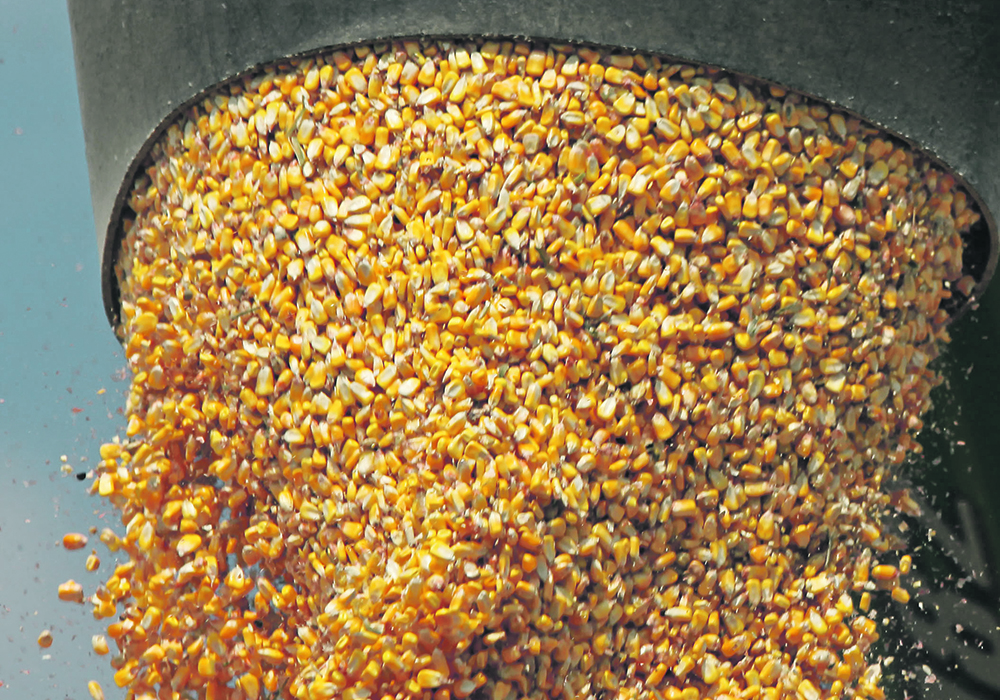HOUSTON, Texas — American crop organizations are eagerly awaiting the passage of a new five-year farm bill.
The 2018 bill expired in 2023 but wasn’t renewed that year because of gridlock in Washington, D.C.
Sara Wyant, editor-in-chief of Agri-Pulse, a publication focused on food and farm policy coverage in the United States, says she has never seen a more contentious situation in the nation’s capital.
There is such a slim majority in both the U.S. Senate and the House of Representatives that it is difficult to get any agreement on legislation.
Read Also

Crop quality looks good this year across Prairies
Crop quality looks real good this year, with the exception of durum.
That is why Congress had to extend the farm bill by one more year. It now expires on Sept. 30.
Politicians may be divided, but U.S. grower groups are united on what they would like to see in the omnibus package of legislation that covers everything from food aid programs to farm safety nets.
“The key issue is protect crop insurance, do no harm to it,” said Wyant in an interview conducted shortly after she hosted a panel discussion on the farm bill at the 2024 Commodity Classic.
“It has become really the bedrock of the farm safety net in the United States.”
Some legislators in Washington think the crop insurance program is too lucrative and should be limited to smaller producers.
However, there is a “really strong coalition” that emerged from the previous farm bill negotiation that realizes there needs to be a big pool of producers to keep the program actuarily strong, she said.
They are open to expanding the program to include more crops or types of policies, but they are dead against excluding large-acre farmers because it would reduce the viability of the program.
The other main priority for U.S. grower groups is increasing reference prices for crops under the bill’s Title 1 Commodity Programs portion.
Those are the prices that trigger support payments through the Price Loss Coverage (PLC) and Agriculture Risk Coverage (ARC) programs.
“There is an interest in raising the reference price so that it’s more reflective of current input costs and costs of production,” said Wyant.
Fitzhugh Elder, Republican staff director with the Senate agriculture committee, agrees that Title 1 statutory reference prices need to be updated.
“The cost of production these days has dramatically changed,” he said.
“It’s going to be a US$450 billion cost to put this year’s crop in.”
Interest rates and input costs are well above their 20-year averages, while farm income is forecast to be well below.
Corn prices raised a lot of eyebrows in Washington when they dipped below $4 per bu. in recent weeks, said Elder.
“We’re heading into some difficult waters.”
Farmers need higher reference prices so they can go to their bankers with a bolstered safety net program to support them, said Elder.
The Congressional Budget Office has estimated what the 2024 farm bill will cost taxpayers over the next 10 years, even though the legislation will only be in existence for half that amount of time.
The total tab is forecast at US$1.5 trillion.
Wyant expects Congress will attempt to advance a bill this spring, but she said it is “problematic” that there is no agreement on many key issues in March.
U.S. agriculture secretary Tom Vilsack hinted that growers might not get everything they’re seeking.
“We’ll eventually get a farm bill, but in order to get a farm bill it’s going to be necessary for our policymakers to be creative,” he told delegates attending the annual gathering of U.S. corn, soybean, wheat and sorghum growers.
“The needs are great, (but) the resources are limited.”
Contact sean.pratt@producer.com
















